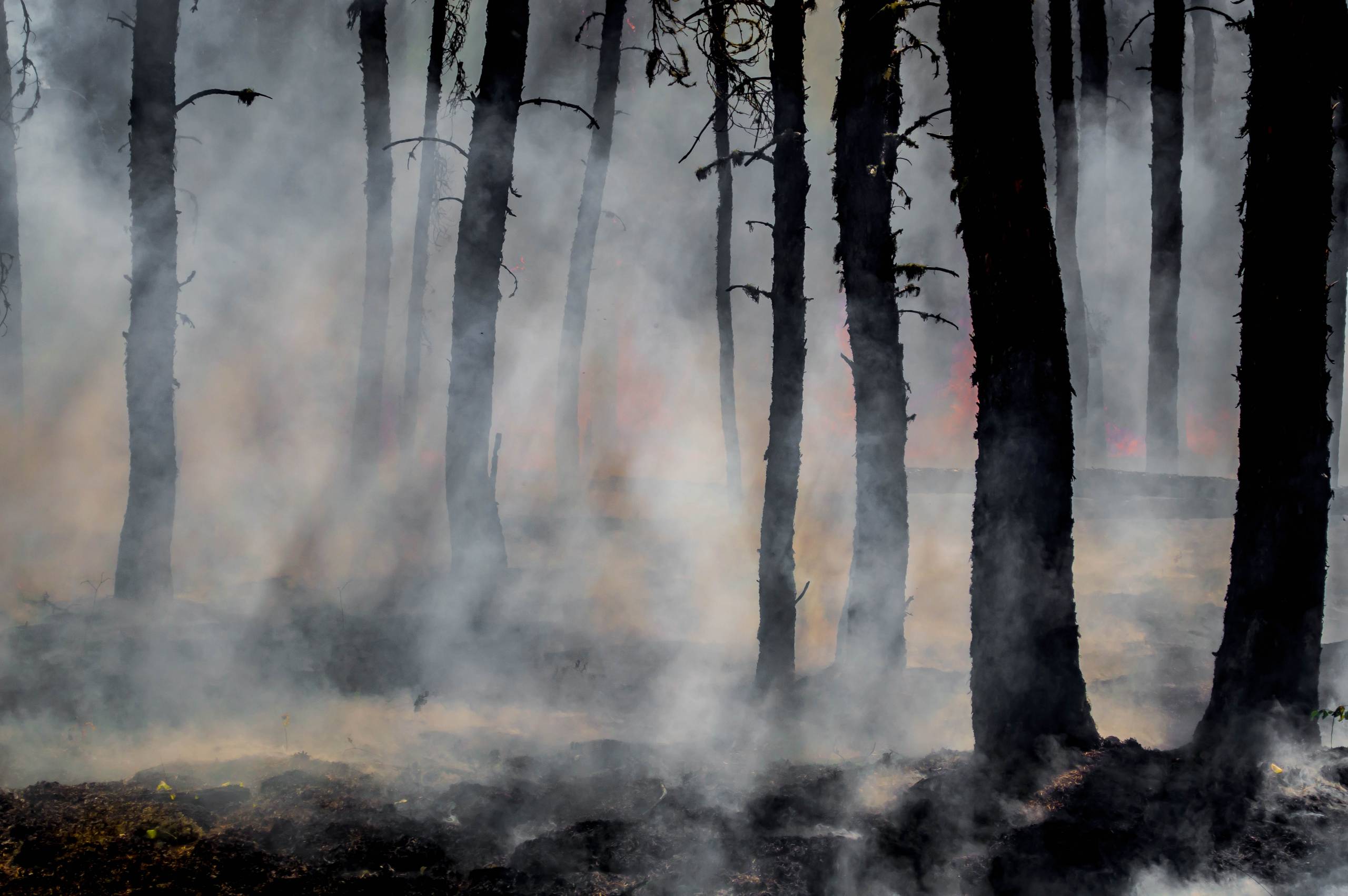Social Justice and the Future of Fire Insurance in Australia
20 May 2020 | BY Daniel Burkett, UNSW, Jeremy Moss, UNSW |
The Royal Commission into Natural Disaster Arrangements (Bushfire Royal Commission) opens its hearings next week.
One of the issues that it will need to consider is whether the Australian system of home insurance is still fit for purpose in the face of increased climate-induced bushfire risk.
Major bushfires are now occurring with increased frequency. This means that houses will be more at risk than ever and Australia will have to decide whether the current purely market-based mechanism is the best means of protecting people’s homes.
Having some mechanism of insuring homes is vital. If there is not an adequate and affordable insurance scheme many face the loss of their major asset, a steep decline in its value, or the prospect of not being able to rebuild their homes.
This is a huge and pervasive problem, given that up to one million homes might be uninsurable in the future because of climate-induced fire risk,. It raises major questions about what kind of values ought to guide our response to the risk of new bushfires.
The values that drive the current model reflect the fact that it is market-based. Under the current model, insurance premiums reflect the risk of bushfire no matter how that risk came about.
The approach is based on the idea that it is fair that individuals bear the risk of loss rather than other individuals having to bear the risk.
One problem for this approach is that it unfairly places potentially huge costs on those at risk through no fault of their own. A person may have bought a house forty years ago—without knowledge of climate change and in a low risk area—only to find that it is now bushfire prone.
Moreover, the increased risk of bushfires has been caused by years of government inaction on climate change.
The cost of these new risks may simply be beyond the means of many households to bear.
A second approach is to have insurance policies reflect only those risks that result from the choices of the policy holder. So if a person chose to build or buy a house in a known high bushfire risk area their policy would ask them to bear the associated risk.
This model of choice sensitive fairness—or luck egalitarianism as philosophers often call it—relies on the idea that inequalities that are the result of choice ought to be of concern but inequalities that are the outcome of ‘brute luck’ ought not.
While more nuanced and fairer than the first model, it still might result in very severe consequences.
Consider, for example, a person who injures themselves seriously while playing a social sport that they know might cause injury. If their injury is serious enough—say, a broken neck—they may be seriously disadvantaged for the rest of their life. Should we deny them medical assistance even if their disadvantage is, in one sense, chosen?
A third model is what has been called ‘Fairness as Social Justice’. On this view, insurance in the provision of goods that are basic requirements of social justice should be provided independently of individuals’ risks and choices.
Australia’s current medical care system is operated according to this model, with Medicare providing medical treatment to individuals at low- or no cost, regardless of their risks and choices. This model’s focus on equality means that—while adopting a Fairness as Social Justice approach may prove more costly in the short-term—it will maximise long-term efficiency by avoiding the kind of social blight (such as an increase of inequality) that would arise from large groups of people going without the basic requirements of social justice.
One likely example of this kind of increase of inequality is where a whole area—such as the bushfire-prone Blue Mountains—were suddenly to lose their insurance cover. The effect of this kind of ‘postcode ban’ would be to drastically cut the value of major assets of all those within the postcode. Such events would create pockets of high inequality.
One concern with the Fairness as Social Justice approach is that it could see low- and medium-income people with low-risk lifestyles subsidising high-income people with high-risk lifestyles; a result that seems counter to the very notion of fairness.
Yet we also need to consider whether it is individual choices or something else that increases bushfire risk. The risk of bushfires has been (at least partially) caused by decades of government inaction on climate change. Australia is one of the highest per-capita emitters of greenhouse gases (GHGs) and the world’s largest exporter of coal and gas. Yet, Australia has done little to address climate change.
Also, currently, around 97% of all Federal funds spent on disasters are spent after a disaster occurs and not before.
The above are merely suggestions to show how the biggest concerns with the Fairness as Social Justice approach to bushfire insurance are capable of being remedied in practice. The alternative approaches—including the current model of Pure Actuarial Fairness—are untenable, threatening to deprive millions of Australians of adequate housing, and bring social blight to large areas of the country.
A climate transition cannot simply be about reducing emissions or adapting to risk. A transition must also be just and that means our response needs to reflect a robust set of values. As this report shows, leaving our bushfire response to purely market-based allocations of risk does not meet that requirement.
